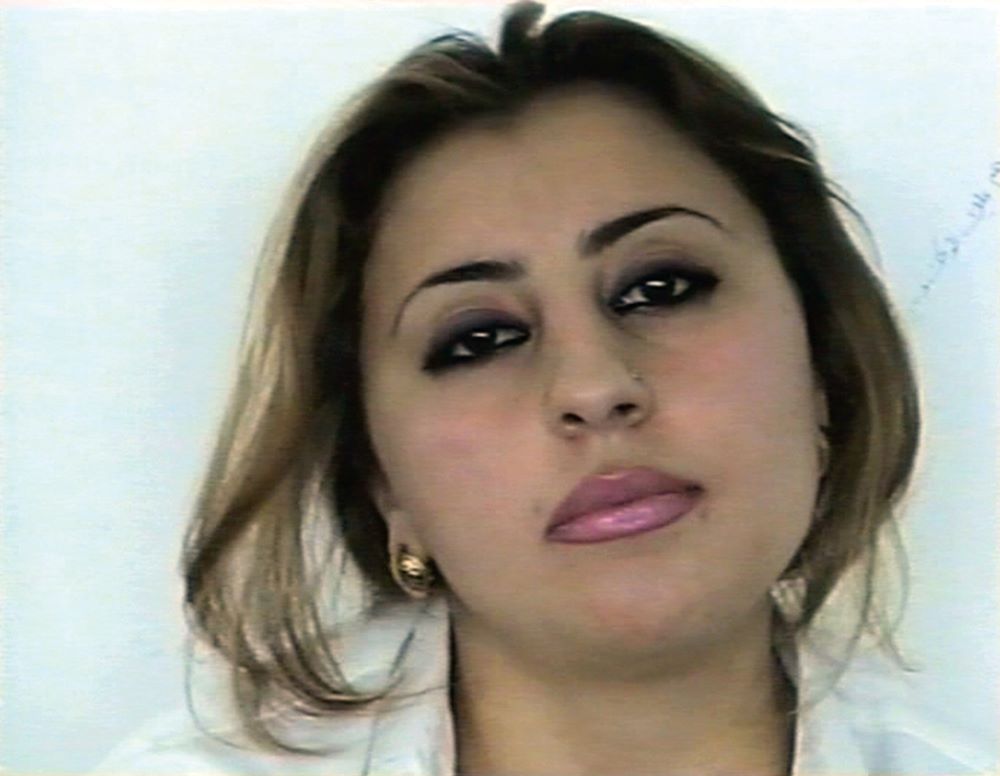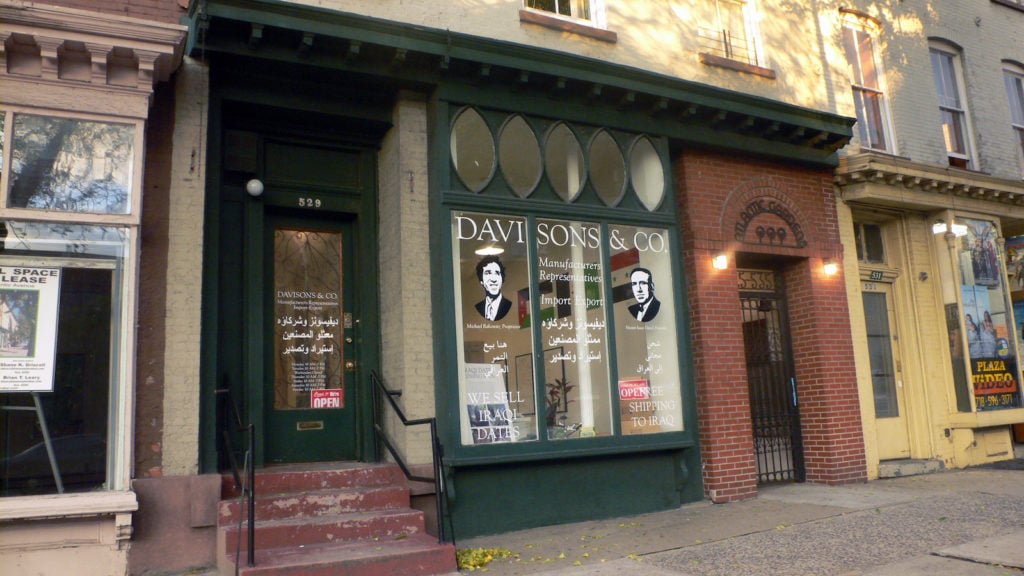Art World
Art Pulled From MoMA PS1 in Protest of Board Members’ Business Ties Goes on View at an Activist Pop-Up in the Bronx
“People’s lives are at stake,” said one of the event’s organizers. “This is not just about things that go on the wall.”

“People’s lives are at stake,” said one of the event’s organizers. “This is not just about things that go on the wall.”

Brian Boucher

Artworks by Jananne Al Ani, Phil Collins, and Michael Rakowitz went on view in the Bronx this weekend as part of a teach-in and community discussion held by the MoMADivest coalition, a group of art and activist organizations. All are associated with MoMA PS1’s current exhibition “Theater of Operations: The Gulf Wars 1991-2011.” Collins withdrew his work in protest over a board member’s ties to private prisons; Rakowitz requested a modification to his work; Al Ani left her piece in the PS1 show, but lent a work to this satellite event in solidarity.
Since March, activists have called on MoMA board member Laurence Fink, CEO of the financial firm BlackRock, to divest from private, for-profit prisons. They point out that Fink is the second-largest owner of prison companies CEO Group and Core Civic, which, they say, hold over two billion dollars in contracts with Immigration and Customs Enforcement. “MoMA and PS1 benefit from deep links to profits made from war, prisons, fossil fuel extraction and other forms of dispossession, displacement, detention and destruction,” says the group.
MoMADivest is calling for Fink to divest from private prisons and invest in more pro-social causes; the display of artworks at the event was designed as a metaphor for what the activists are calling on Fink to do. It was held at the Bronx home of Red de Pueblos Transnacionales, a network of community groups led by immigrants from Mexican rural and indigenous communities.

Michael Rakowitz, Return, 2004-ongoing. Courtesy the artist.
Sophia Garcia and Arianna Reyes, of Sin Fronteras, and Marco Castillo, of Red de Pueblos Trasnacionales, emceed the event, which included presentations by criminal justice activists, indigenous rights activists, and the New York Taxi Workers Alliance, among others.
“People’s lives are at stake,” said Abou Farman, one of the organizers, in a phone conversation. “This is not just about things that go on the wall.” The display of the artworks came out of discussions with the artists, who wanted to contribute to the activists’ efforts, said Farman, who is an artist and anthropology professor at New York’s New School. They eventually landed on the solution of “recirculating” the works, as Farman put it. More such events are planned for February.
“Already a couple more artists have reached out, wanting to give something in support,” said Farman. “If other artists also want to contribute work in solidarity, we’ll take it.”
In a phone conversation, Rakowitz observed that “it’s really important that they centered the community and the activists. It’s heartening, and it shows a way forward.”
A MoMA PS1 spokeswoman said that “we support everyone’s right to have their voices heard.”